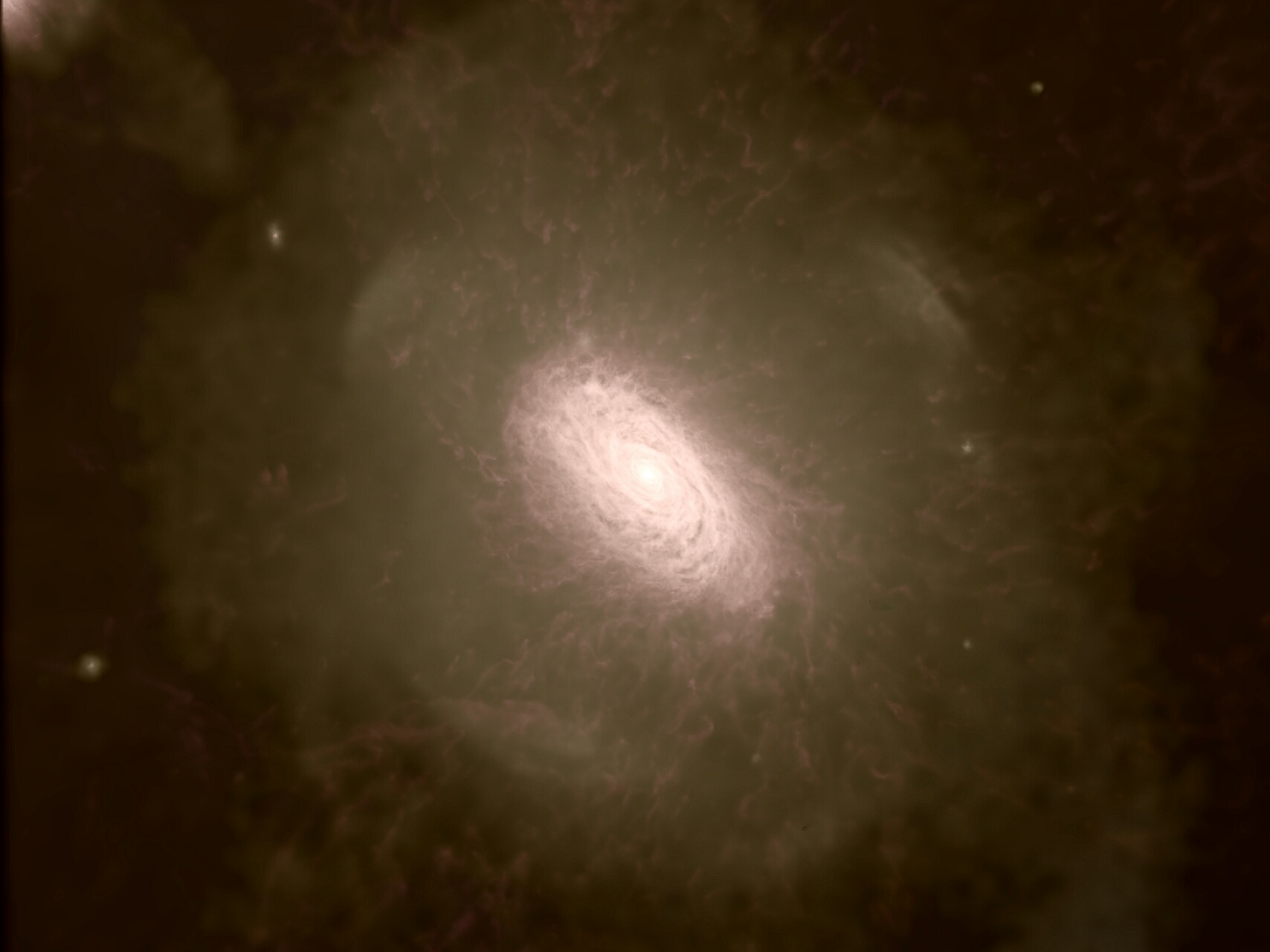Astronomers identify some of the oldest galaxies in the universe from 'cosmic dark ages'
‘Finding some of the very first galaxies that formed in our universe ... is the astronomical equivalent of finding the remains of the first humans that inhabited the Earth’

Your support helps us to tell the story
From reproductive rights to climate change to Big Tech, The Independent is on the ground when the story is developing. Whether it's investigating the financials of Elon Musk's pro-Trump PAC or producing our latest documentary, 'The A Word', which shines a light on the American women fighting for reproductive rights, we know how important it is to parse out the facts from the messaging.
At such a critical moment in US history, we need reporters on the ground. Your donation allows us to keep sending journalists to speak to both sides of the story.
The Independent is trusted by Americans across the entire political spectrum. And unlike many other quality news outlets, we choose not to lock Americans out of our reporting and analysis with paywalls. We believe quality journalism should be available to everyone, paid for by those who can afford it.
Your support makes all the difference.In the depths of space, astronomers have discovered galaxies that were some of the first ever to form in the universe.
Identifying these 13 billion-year-old cosmic entities has been compared to finding “the remains of the first humans that inhabited the Earth”.
The relatively small “satellite” galaxies, including Segue-1, Bootes I and Ursa Major I, are orbiting the Milky Way, but scientists did not previously realise quite how old they were.
“Finding some of the very first galaxies that formed in our universe orbiting in the Milky Way’s own backyard is the astronomical equivalent of finding the remains of the first humans that inhabited the Earth,” said Professor Carlos Frenk, director of Durham University’s Institute for Computational Cosmology.
“It is hugely exciting.”
In a study published in the Astrophysical Journal, Professor Frenk and his colleagues describe two satellite galaxy populations that together tell the story of the early universe.

Scientists think the first atoms only formed when the universe was 380,000 years old.
These atoms clumped together to form clouds, which gradually cooled and settled into the “halos” of dark matter that had emerged from the big bang.
This sparked a period of the universe’s history known as the “cosmic dark ages” that lasted 100 million years.
Cooling hydrogen atoms inside the halos brought this period to an end with a flash as the gas became unstable and started forming stars.
Among these stars was a population that formed one of the galaxy groups identified in the new study.
The second population of galaxies they found is still ancient, but far later than the first as the initial burst of galaxy formation destroyed the remaining hydrogen atoms and brought the process to a halt for hundreds of millions of years.
After collecting data from these faintly visible galaxies, the researchers found that it fitted well with a model of galaxy formation they had previously produced. This allowed them to estimate the formation times of these galaxies.
Their findings agree with the current model for the development of the universe, known as the “Lambda cold dark matter model”.
“A nice aspect of this work is that it highlights the complementarity between the predictions of a theoretical model and real data,” said Dr Sownak Bose of the Harvard-Smithsonian Centre for Astrophysics, who led the research.
“A decade ago, the faintest galaxies in the vicinity of the Milky Way would have gone under the radar.
“With the increasing sensitivity of present and future galaxy censuses, a whole new trove of the tiniest galaxies has come into the light, allowing us to test theoretical models in new regimes.”
Join our commenting forum
Join thought-provoking conversations, follow other Independent readers and see their replies
Comments